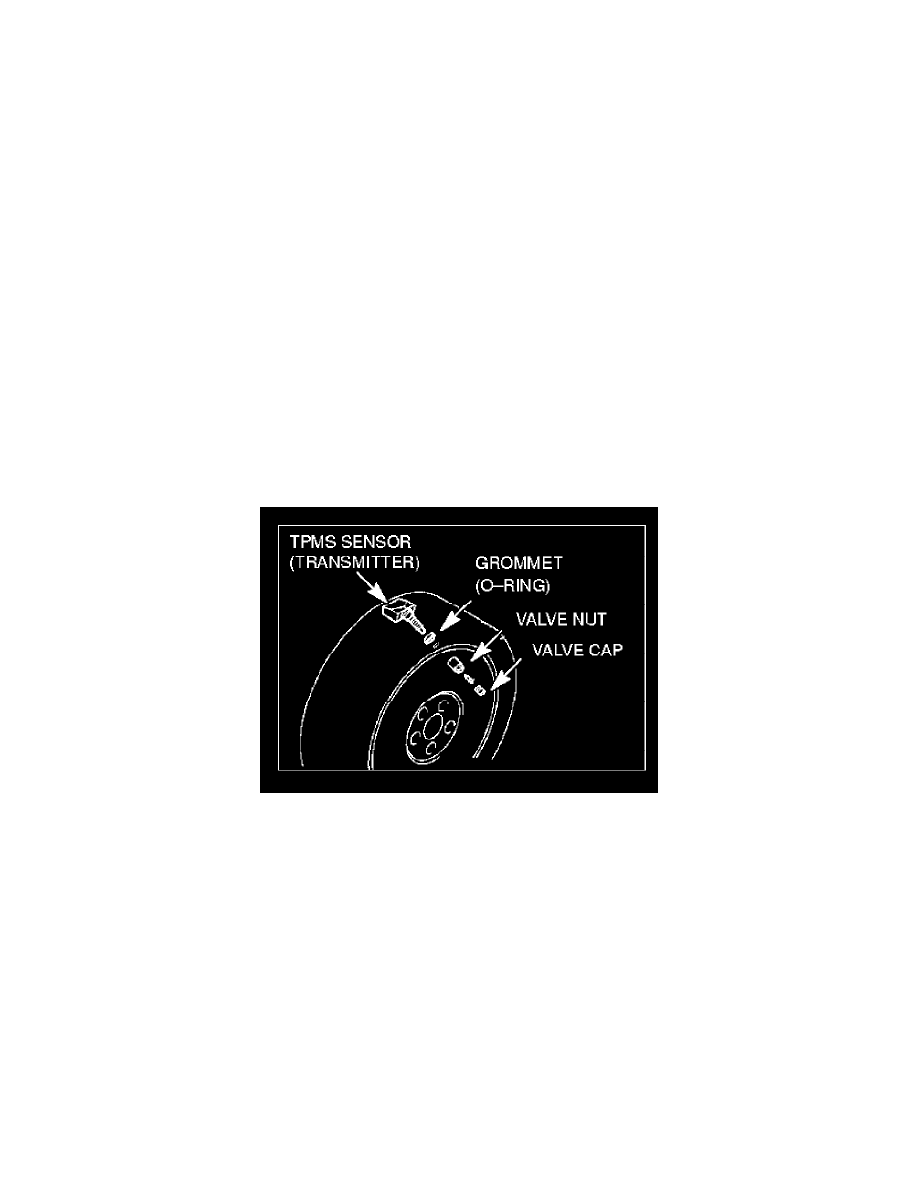Raider 4WD V6-3.7L SOHC (2007)

NOTE:
Tire pressure changes at slightly less than I psi per 10 degrees Fahrenheit of ambient temperature change.
EXAMPLE
For example climates with seasonal temperatures that vary from 90 degrees F in the summer to 10 degrees F in the winter have an 80 degree temperature
change. This can result in an approximate 8 psi change in tire pressure. In this example:
^
If the tire pressure was set to 32 psi when the ambient temperature was 90 degrees F in the summer the pressure can lower to about 24 psi on the
coldest day in the winter. This will cause the TPMS warning light to turn on.
^
If the tire pressure was set when the ambient temperature was 10 degrees F in the winter it can be at about 40 psi on the hottest day of the summer.
This will create a rougher ride.
Customers who operate vehicles in climates that have more than a 70 degree variance in temperature should have their tire pressure seasonally adjusted.
In addition, they also may need to adjust the tire pressures when driving the vehicle at different elevations.
Retailers should make customers aware of this condition, but advise them to always visually inspect their tires when the TPMS warning light comes on.
SERVICE INFORMATION
Refer to Group 31, "Tire Pressure Monitoring System (TPMS)" in the appropriate service manual for details on grommet replacement and TPMS
operation.
1.
Check if non-OEM (aftermarket) wheels are installed. Inform the customer that the TPMS valve may not seal properly if aftermarket wheels are
installed and would not be a warrantable condition.
2.
Adjust tire inflation pressures to the inflation specification on the placard before attempting any further diagnosis or repairs to the TPMS.
3.
If tire is damaged, repair or replace tire as necessary.
If tire still loses inflation pressure, inspection of the TPMS sensor grommet for deformity should be included in diagnosis. Inspect the TPMS
sensor grommet (0-ring). Replace the 0-ring if it is deformed.
Be sure to tighten the valve nut to 5.5 Nm (49 in/lb).
NOTE:
0-ring damage or deformity on aftermarket wheels is not a warrantable condition.
4.
For diagnosis instructions when the TPMS warning light comes on, and for activating (registering) the TPMS sensors, refer to Group 31, "Tire
Pressure Monitoring System (TPMS) Diagnosis" in the appropriate service manual.
PARTS INFORMATION
Use the Genuine Mitsubishi Part listed below. This part number may be ordered from your facing PDC, but is currently not listed in CAPS.
Description
Part Number
